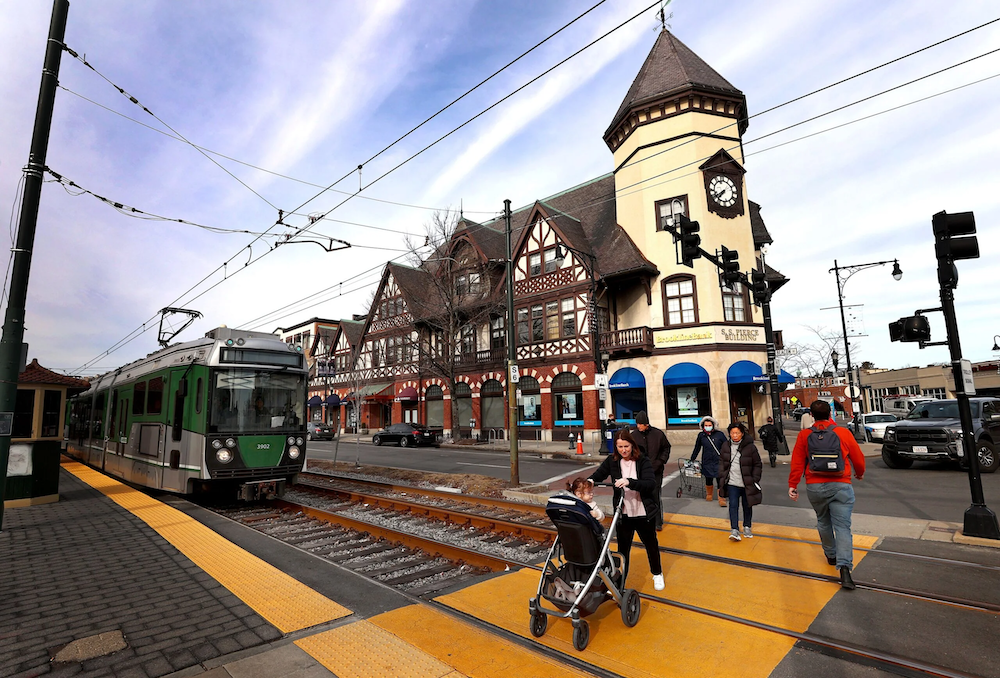
Blog Post | August 11, 2025
The Newest Old Idea In The World, pt. 1
Chapter 1
Last week’s chapter in our ongoing series, The Newest Old Idea in the World. Follow along here.
 Kansas City 1906
Kansas City 1906
What if the best way to design for a growing community is the way we used to do it? For thousands of years cities were built for people. They were built for families, for students, for mom and pop shops, for places to gather and share ideas. But something shifted.
 Utrecht, NL, 1987
Utrecht, NL, 1987
In the last 75 years, we redesigned everything, and it hasn’t made our communities closer. Neighborhoods became highways. Errands became commutes. Life got paved over. But there’s good news: communities around the world are going back to what works. Walkable streets. Mixed-use neighborhoods. Places built to connect people—not just move them along the assembly line of life.
Utah is growing fast. What endures will depend on how we build. Because not all density is created equal.
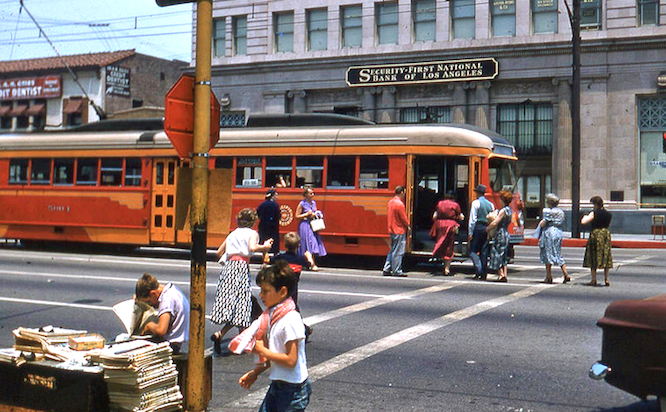
L.A. once had one of the best public transit systems in the U.S.—the Pacific Electric Red Car. But it was dismantled in favor of car dominance. Highways replaced community lines. And the result? Isolation due to poor design.
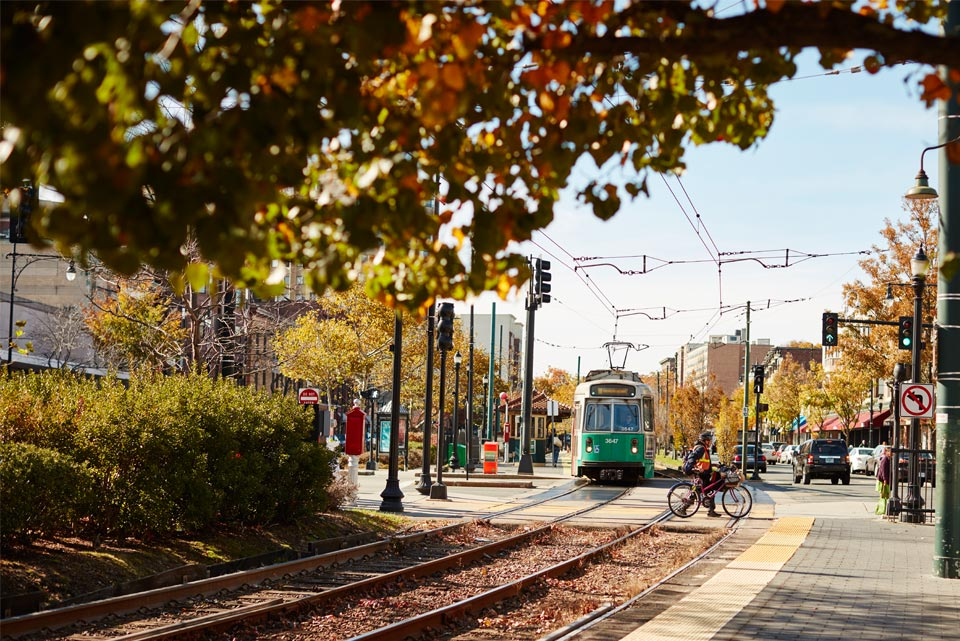
Brookline, MA sits in the cradle of our country’s beginnings—an older city shaped by intention—where tree-lined streets, greenways, and a mix of transit options make every walk feel purposeful and free.
Utah City isn’t LA or Brookline, but the latter is proof that density done right = community—not chaos. As Utah grows, Utah City is dedicated to developing the foundation for movement. Built with intention—so density doesn’t overwhelm, it connects.
“It’s the presence of a heavy rail stop in Utah City that gives us the convidence that it will succeed as a denser, more urban environment.” –Jeff Speck
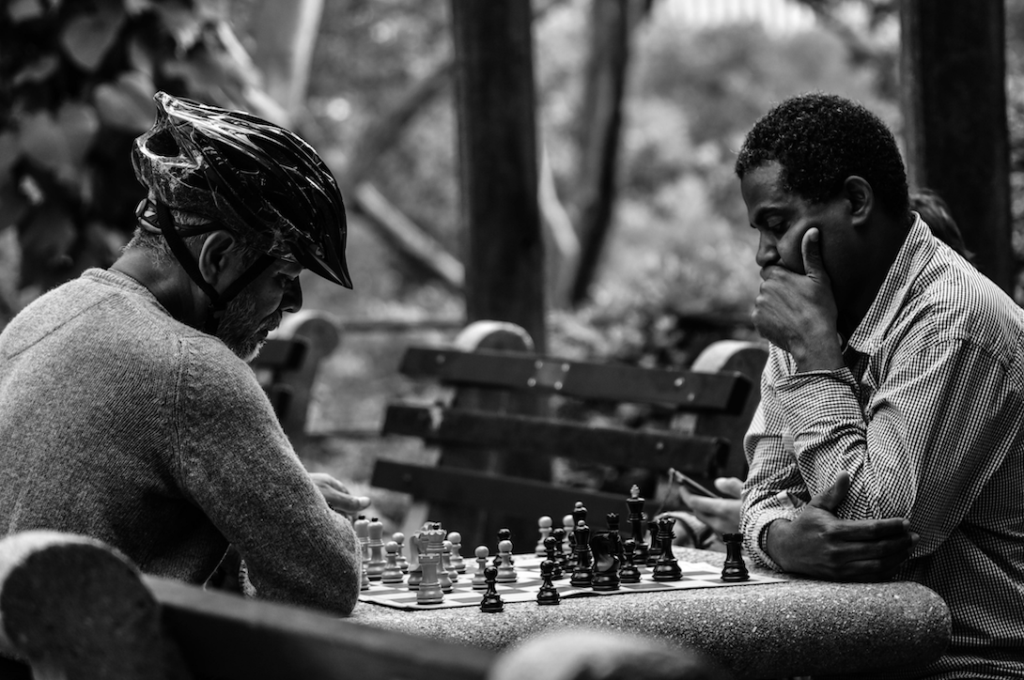
Every great city has a heart. A place where life ignites as people cross paths, each marching to the beat of their own drum. Whether it’s a plaza, a forum, or a high street, most memorable cities embrace mixed-use spaces, which evolve over time.
These places were composed to bring people together. Markets, plazas, and main streets became engines of culture and commerce, framed by architecture that invited gathering and sparked imagination. Here, people exchanged ideas, raised families, shared meals, and shaped the way life unfolded—and still do today.

When car-centric design took over, these vibrant spaces were lost to parking lots and highways. We traded gathering places for gas stations and sprawl. And the result? Disconnection.
We’re not inventing something new—we’re returning to what works. Utah City is being thoughtfully designed with a walkable, mixed-use heart at its core. While we are the ones building the heart of Utah City, we know that only people will give it life. And we can’t wait to see what you bring to it.
“We shape our buildings, thereafter, our buildings shape us.” —Winston Churchill
We’re all trying to get somewhere. What happens when the places we work drift further from the places we live? In the 1950s, most Americans lived within 10 minutes of work. When jobs and businesses pulled away from mixed-use communities, rush hour turned into rush hours. But because of how our cities are shaped, the average American now spends nearly a full week each year… just getting there.
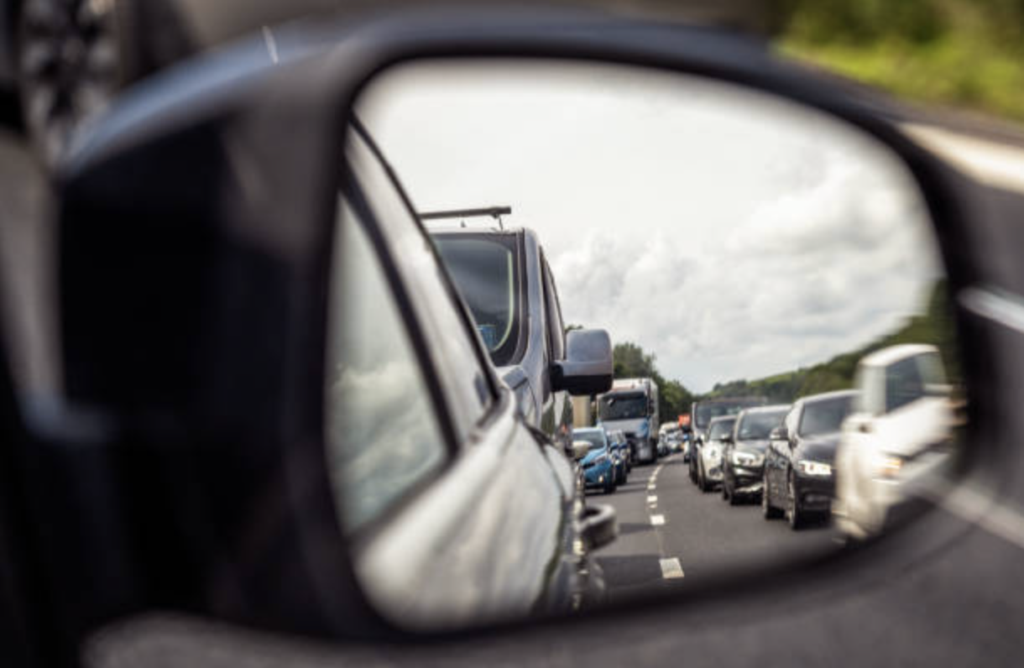
Utah County is the youngest and fastest-growing in the nation. Powered by bold businesses and young families, as we grow, we’ve got to make room for all that energy.
“Utah is the fastest growing state in the country. It’s the number one economy, lowest unemployment, you have the youngest demographic. You always want to bank on youth.” –Ryan Smith
Utah City is bringing jobs closer to home. With thousands of careers coming to Utah City, we’re building a place where long commutes are not the only option.
Strong Foundations Support Strong Communities
Mixed-use communities are rising in demand—and for good reason.
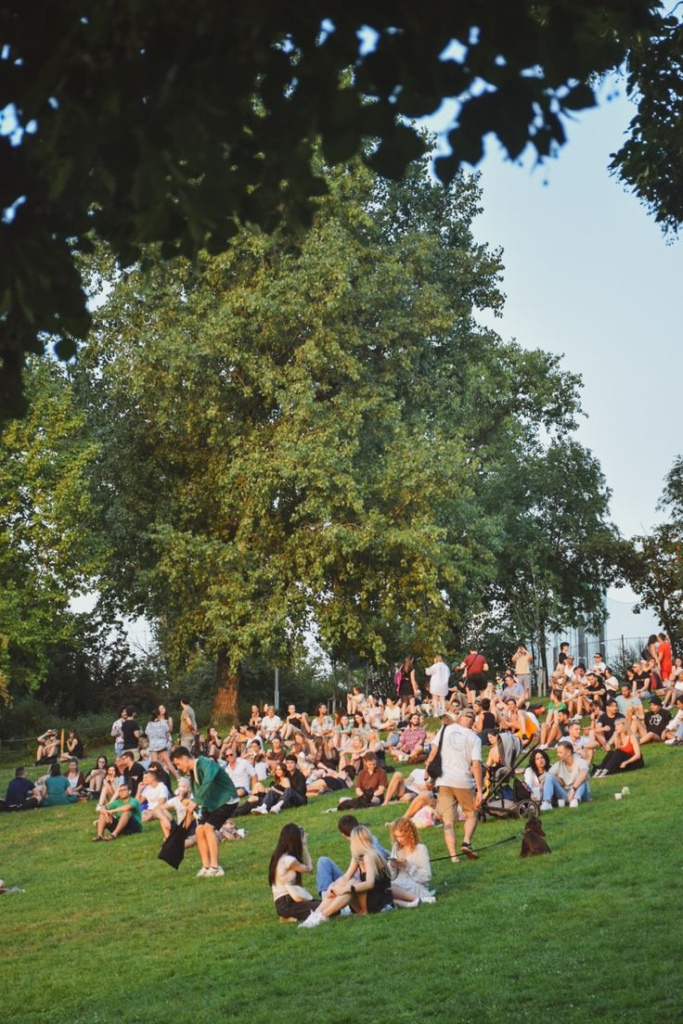
They support local businesses. Improve public health and quality of life. Attract talent that wants to live where life feels connected. And they weather economic challenges better than most. They’re also more efficient to maintain over time—using less land, fewer resources, utilizing smarter infrastructure. In Utah City, this allows us to implement systems like District Energy, because we’re planning the city as a whole, not piecing it together as we go.
“Design for amenities and not just apartments to cram people in.” –Ty Mattingly
When you design for people, good things follow. More vibrant streets. More lasting value. More return on the public investment that holds it all together. At Utah City, we’re not chasing short-term wins. We’re building for lasting belonging. Because when you invest in design, business, and community, those who benefit are the people who live here.
